Tag: Nokia Energy
Nokia Energy vs. Infinix GT 30 Pro: 200MP Cameras, 8550mAh Battery!
It’s time to compare Nokia Energy vs. Infinix GT 30 Pro, both offering standout specs, powerful cameras, and next-gen Android 15 support.

Nokia Energy vs. Infinix GT 30 Pro specs
The Nokia Energy specs feature a 7.6-inch Super AMOLED display with 4K resolution and a smooth 120Hz refresh rate. Meanwhile, the Infinix GT 30 Pro specs include a 6.78-inch AMOLED screen with a 1080 × 2436 pixels resolution and 144Hz refresh rate. Although Infinix has a faster refresh rate, Nokia offers a more immersive and sharper viewing experience.
Under the hood, Nokia Energy uses the Snapdragon 8 Gen 3 chipset, delivering flagship-level performance for gaming and multitasking. In comparison, the Infinix GT 30 Pro runs on the MediaTek Dimensity 8200 Ultimate processor, optimized for efficiency and mid-range power. Both phones operate on Android 15, providing the latest features and performance optimizations.

Nokia Energy includes 12GB or 16GB RAM paired with storage options of 256GB, 512GB, or 1TB without microSD support. On the other hand, Infinix GT 30 Pro offers 8GB or 12GB RAM and 256GB storage, also without expandable memory. In terms of memory configuration, Nokia takes the advantage with higher RAM and more storage options. Looking at cameras, Nokia Energy cameras consist of a 200MP main sensor, 64MP periscope telephoto, 32MP ultrawide, and 16MP macro lens. For selfies, it sports a 44MP front-facing camera with clear detail for video calls. The Infinix GT 30 Pro cameras include a 108MP main sensor, a 2MP macro lens, and an AI lens, along with a 32MP selfie shooter. Nokia clearly leads with a more versatile and high-resolution setup. Battery life is crucial for heavy users. Nokia Energy houses an 8550mAh battery with 120W wired charging support. Infinix GT 30 Pro comes with a 5000mAh battery and 100W fast charging. While both charge quickly, Nokia ensures longer usage with its massive cell.
Nokia Energy vs. Infinix GT 30 Pro release date and price
The Nokia Energy release date is expected in Q4 2025 for flagship users. Meanwhile, the Infinix GT 30 Pro release date was in May 2024. The Nokia Energy price starts at $999 ~ Rs. 83,499, while the Infinix GT 30 Pro price begins at $259 ~ Rs. 21,699, offering solid value for money.
Nokia Energy vs. Motorola Razr 60: 16GB RAM, 8100mAh Battery!
The battle heats up between Nokia Energy vs. Motorola Razr 60, featuring massive batteries and unique camera setups. Let’s dive in now!
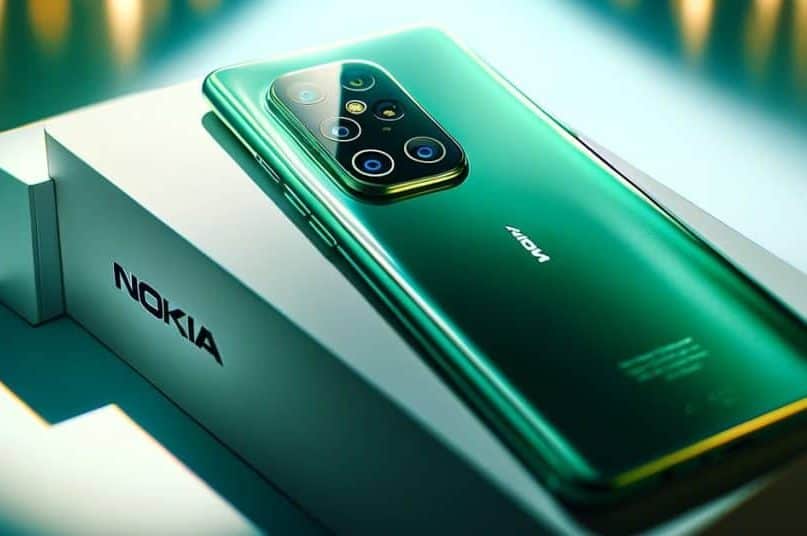
Nokia Energy vs. Motorola Razr 60 specs
Nokia Energy specs come with a 6.8-inch Super AMOLED screen, delivering 1080 x 1920 resolution and vibrant color clarity. Meanwhile, Motorola Razr 60 specs pack a 6.9-inch Foldable P-OLED screen with 1080 x 2640 pixels and HDR10+ support. Additionally, Motorola includes a 1.5-inch external AMOLED display with 194 x 368 resolution for notifications and quick access.
Clearly, Motorola gains an edge with a foldable form and dual-display setup. Under the hood, Nokia equips the phone with a Snapdragon 8 Gen 3 chip. On the other hand, Motorola Razr 60 features the newer Snapdragon 8s Gen 3 chipset for smoother multitasking and gaming. For memory, Nokia offers several variants: 12GB/256GB, 16GB/256GB, 16GB/512GB, and even 16GB/1TB.

By contrast, Motorola Razr 60 includes 8GB/128GB and 8GB/256GB options, without a card slot. Nokia dominates this round with more RAM and storage flexibility. Let’s talk cameras. Nokia Energy cameras include a triple-lens setup: 108MP main, 16MP ultra-wide, and 8MP macro sensor. On the front, users get a 32MP wide-angle selfie camera. Meanwhile, Motorola Razr 60 cameras come with a 64MP primary and 13MP ultra-wide sensor, plus a 32MP selfie lens. In this area, Nokia wins with higher resolution and more versatile sensors. Moving to battery life, Nokia packs a huge 8100mAh battery, while Motorola only offers a 4200mAh cell. Clearly, Nokia provides longer use on a single charge. Both smartphones run Android 15 out of the box, delivering the latest features and smooth interface.
Nokia Energy vs. Motorola Razr 60 release date and price
The Nokia Energy release date could fall in Q4 2024. Meanwhile, the Motorola Razr 60 release date happened in April 2024. Regarding pricing, the Nokia Energy price starts at $199 ~ Rs. 16,599. In contrast, the Motorola Razr 60 price begins at $999 ~ Rs. 83,499.
Nokia Energy vs. Tecno Spark 20 Pro Plus: 16GB RAM, 8500mAh Battery!
A powerful showdown: Nokia Energy vs. Tecno Spark 20 Pro Plus, blending massive batteries with stylish designs. Which device earns your vote?
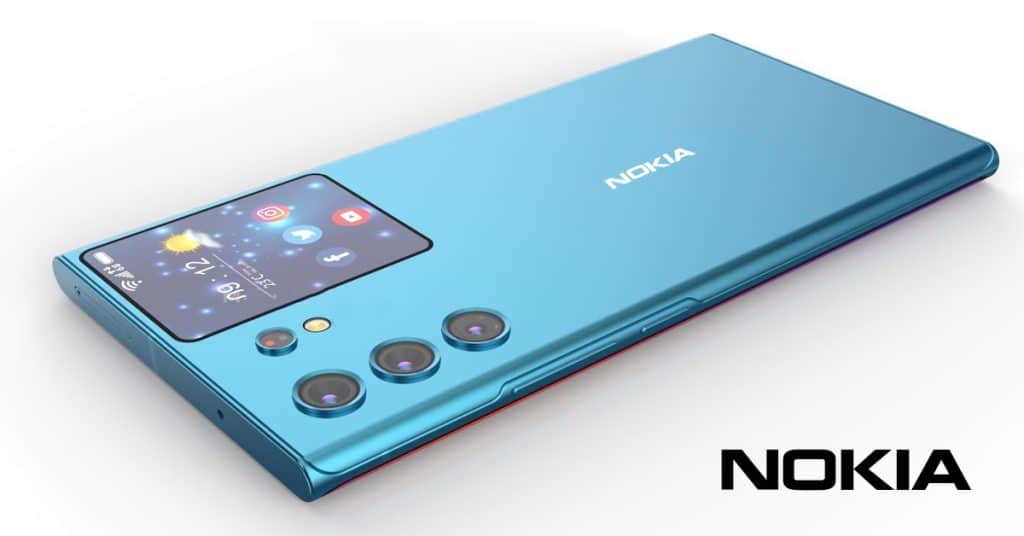
Nokia Energy vs. Tecno Spark 20 Pro Plus specs
Nokia Energy specs feature a 6.85-inch Super AMOLED display with 4K resolution and a cinematic 21:9 aspect ratio. In comparison, Tecno Spark 20 Pro Plus specs offer a 6.78-inch curved AMOLED screen with 1080 x 2436 pixels and 120Hz refresh rate. Clearly, Nokia delivers sharper visuals, but Tecno stands out with vibrant colors and smooth transitions.
Under the hood, Nokia equips the Snapdragon 8 Gen 3 chipset with up to 16GB RAM and 1TB storage. Meanwhile, Tecno uses the Helio G99 Ultimate processor with 8GB RAM and 256GB internal memory. Both models run on Android 15, ensuring up-to-date security and new features. Nokia gains extra points with its expandable storage option.

For power, Nokia Energy packs a massive 8500mAh battery supported by 80W fast charging. On the other hand, Tecno includes a 5000mAh battery with 33W wired charging, more suitable for light-to-moderate use. Shifting to cameras, Nokia Energy cameras boast a 200MP main sensor, 32MP ultrawide, 16MP macro, and 5MP depth shooter. It also carries a 50MP selfie camera for crystal-clear video calls. Tecno Spark 20 Pro Plus cameras include a 108MP main shooter and a 0.08MP auxiliary sensor, plus a 32MP front camera. Thus, Nokia wins in camera versatility and resolution, while Tecno balances photography needs for casual users.
Nokia Energy vs. Tecno Spark 20 Pro Plus release date and price
Nokia Energy release date is expected later in 2024 with strong anticipation among power users. Nokia Energy price starts at $999 ~ Rs. 83,499. Meanwhile, Tecno Spark 20 Pro Plus release date was December 2023, offering solid specs at a budget rate. Tecno Spark 20 Pro Plus price is $179 ~ Rs. 14,999. Which model fits your lifestyle better?
Nokia Energy vs. POCO F7 Ultra: 16GB RAM, 200MP Cameras!
Two powerful contenders enter the spotlight: Nokia Energy vs. POCO F7 Ultra. Packed with big batteries and sharp cameras—who takes the lead? Let’s find out now!
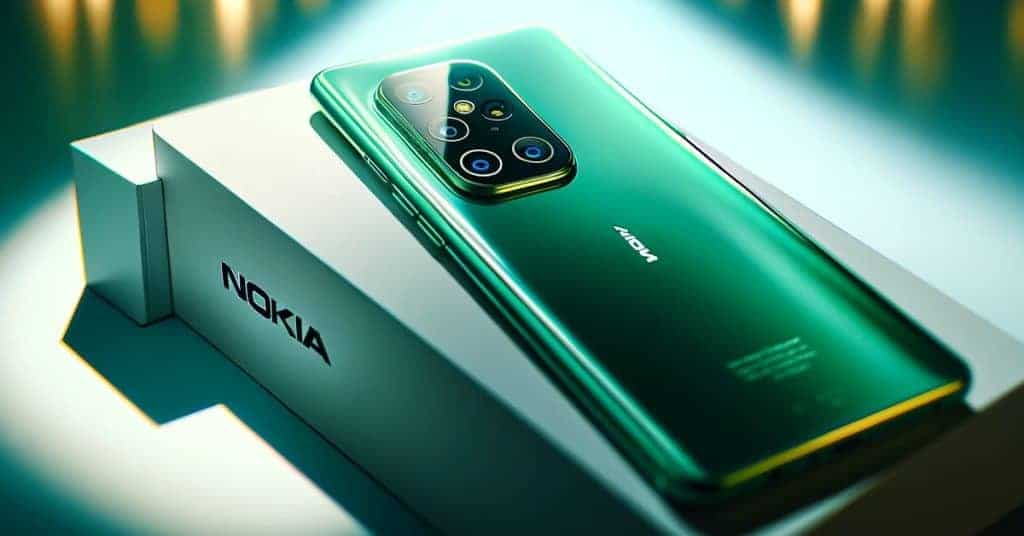
Nokia Energy vs. POCO F7 Ultra specs
The Nokia Energy stands out with a massive battery, while the POCO F7 Ultra impresses with advanced performance and camera technology. First off, the Nokia Energy specs include a 6.8-inch Super AMOLED screen with a 1080 × 1920 resolution. In contrast, the POCO F7 Ultra specs sport a 6.67-inch OLED display with a sharper 1220 × 2712 resolution and a 120Hz refresh rate.
Although smaller, POCO offers a smoother and more vibrant visual experience. Under the hood, Nokia uses the Snapdragon 8 Gen 3 chipset for stable flagship performance. Meanwhile, POCO steps up with the newer Snapdragon 8s Gen 3 chipset, giving it an edge in raw power. When it comes to memory, the Nokia Energy offers multiple variants: 12GB/256GB, 16GB/256GB, 16GB/512GB, and 16GB/1TB.
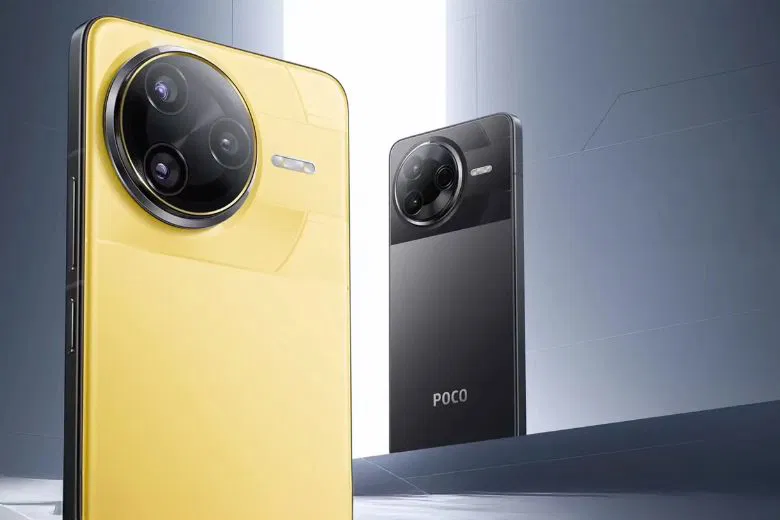
In comparison, the POCO F7 Ultra provides 12GB or 16GB RAM with 256GB and 512GB storage options, though it lacks a microSD slot. Nokia wins in storage expandability, but both phones offer strong memory configurations. Camera-wise, the Nokia Energy carries a triple-lens setup: 200MP main + 16MP ultra-wide + 8MP sensor, and a 32MP front camera. The POCO F7 Ultra counters with a dual 50MP rear setup (main and ultra-wide) and a 16MP front-facing camera. With more megapixels and lens flexibility, Nokia has the photography advantage. Battery capacity is another highlight. The Nokia phone packs a huge 8100mAh battery, while the POCO model includes a 5000mAh battery with 90W fast charging. Nokia leads in battery life, although POCO charges faster. Both smartphones run on Android 15 out of the box, ensuring up-to-date software support.
Nokia Energy vs. POCO F7 Ultra release date and price
The Nokia Energy release date may arrive in late 2024. On the other hand, the POCO F7 Ultra release date was April 2024. Speaking of cost, the Nokia Energy price begins at $159 ~ Rs. 13,251. Meanwhile, the POCO F7 Ultra price starts at $345 ~ Rs. 28,499.
Nokia Energy vs. Vivo X200 Ultra: 16GB RAM, 200MP Cameras!
The battle intensifies between the Nokia Energy vs. Vivo X200 Ultra, boasting amazing displays and impressive camera systems. Find your champion now!

Nokia Energy vs. Vivo X200 Ultra specs
The successor to the Nokia Winner, the Nokia Energy promises top-tier features and a stunning new design. Meanwhile, the Vivo X200 Ultra arrives with cutting-edge technology and premium performance. First, the Nokia Energy specs flaunt a massive 6.85-inch Super AMOLED with 4K resolution and a tall 21:9 aspect ratio. Conversely, the Vivo X200 Ultra specs offer a 6.78-inch LTPO AMOLED with 1440 x 3200 pixels resolution and a 120Hz refresh rate.
Thanks to the higher pixel density and refresh rate, Vivo takes the first point. Moving to the hardware, Nokia Energy runs on the Qualcomm Snapdragon 8 Gen 3 chipset. However, Vivo X200 Ultra equips the powerful MediaTek Dimensity 9400 processor. In terms of the operating system, both smartphones boot Android 15. Talking about storage, Nokia Energy offers 12GB/16GB RAM and 256GB/512GB/1TB storage, expandable via a MicroSD card.

Meanwhile, Vivo X200 Ultra provides options of 256GB/12GB RAM, 512GB/16GB RAM, and 1TB/16GB RAM without card expansion. Therefore, Nokia wins this round for having expandable memory. As for the battery, Nokia Energy houses an enormous 8500mAh battery with 80W fast charging support. Meanwhile, Vivo X200 Ultra carries a 5500mAh juice box with blazing-fast 120W wired and 50W wireless charging support. Thus, Vivo gains a point for faster charging technology. Optics-wise, the Nokia Energy cameras include a 200MP primary lens + 32MP ultrawide + 16MP macro + 5MP depth sensor. Moreover, it sports a 50MP front camera for selfies. On the other side, Vivo X200 Ultra cameras boast a 50MP main lens + 50MP periscope telephoto + 50MP ultrawide sensors. Also, it carries a 50MP front-facing shooter. Hence, Nokia wins in camera resolution, but Vivo delivers a more versatile photography setup.
Nokia Energy vs. Vivo X200 Ultra release date and price
The Nokia Energy release date should occur later in 2024. Meanwhile, the Vivo X200 Ultra release date happened in April 2024. Regarding the cost, the Nokia Energy price starts around $299 ~ Rs. 24,858. Meanwhile, the Vivo X200 Ultra price begins at $890 ~ Rs. 74,212. Which one wins your heart? Drop your pick in the comment section!
Nokia Energy vs. Realme P3x 5G: 16GB RAM, 8550mAh Battery!
The battle begins! With 16GB RAM and a massive 8550mAh battery, can the Nokia Energy outshine the Realme P3x 5G? Let’s dive into the Nokia Energy vs. Realme P3x 5G showdown!
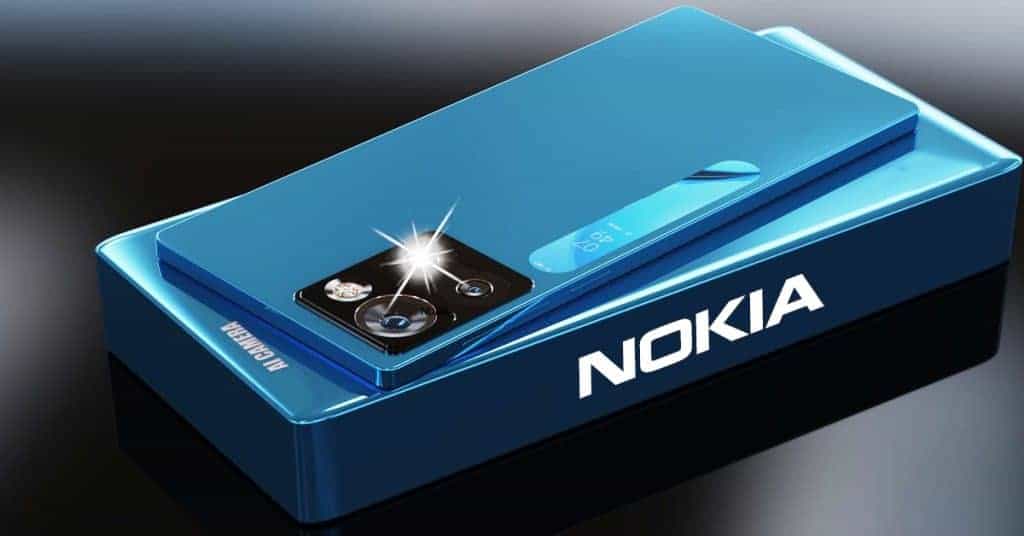
Nokia Energy vs. Realme P3x 5G Specs
The Nokia Energy impresses with its sharp display and substantial battery capacity, delivering a powerful user experience. Meanwhile, the Realme P3x 5G stands out with its modern design and stable performance, making it suitable for various usage needs. The Nokia Energy features a 7.6-inch Super AMOLED panel, ensuring vibrant visuals. In contrast, the Realme P3x 5G boasts a 6.72-inch IPS LCD display with a 1080 x 2400 pixels resolution and a 120Hz refresh rate, offering smooth scrolling and gaming experiences.
While Realme offers a higher refresh rate, Nokia’s larger screen size provides a more immersive viewing experience. Moving to performance, the Nokia Energy operates on Android 15 and offers a memory configuration of 16GB RAM with storage options of 512GB and 1TB. In contrast, the Realme P3x 5G runs on the MediaTek Dimensity 6400 chipset, also operating on Android 15, and comes in 6GB/128GB and 8GB/128GB variants, with support for expandable storage via a microSD card.
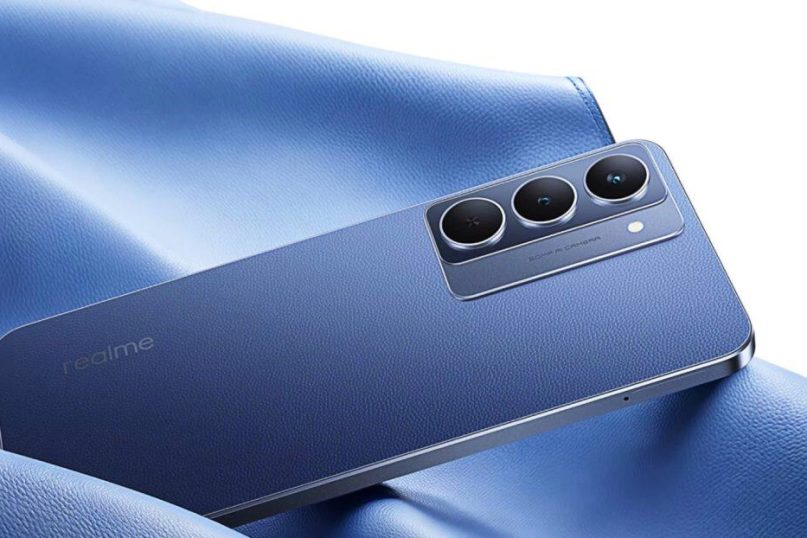
With more RAM and larger storage options, Nokia takes the lead in this category. Now, let’s talk cameras. The Nokia Energy features a quad-lens system with 200MP + 108MP + 8MP + 8MP sensors, ensuring professional-grade photography. For selfies, it sports a high-resolution front camera. Meanwhile, the Realme P3x 5G houses a dual-camera system with a 50MP main sensor and a 2MP secondary sensor. There is an 8MP front shooter. While Realme offers a solid camera setup, Nokia’s higher-resolution main sensor provides better versatility. Battery life plays a crucial role in user experience, and Nokia dominates this aspect. It packs a massive 8,550mAh battery, promising extended usage without frequent charging. In contrast, the Realme P3x 5G includes a 6,000mAh battery with 45W fast charging. Hences, it falls short compared to Nokia’s larger capacity. If long-lasting battery life is a priority, the Nokia Energy is the clear winner.
Nokia Energy vs. Realme P3x 5G Release Date & Price
The Nokia Energy is expected to launch in the coming months, while the Realme P3x 5G hit the market on February 28, 2025. As for pricing, the Nokia Energy’s price details are yet to be announced, making it an excellent value for money. Meanwhile, the Realme P3x 5G comes at a starting price of ₹13,999.
Nokia Energy vs. Realme Neo 7: 16GB RAM, 200MP Cameras!
The battle begins! With 16GB RAM and 200MP Cameras, can the Nokia Energy outshine the Realme Neo 7? Let’s dive into the Nokia Energy vs. Realme Neo 7 showdown!

Nokia Energy vs. Realme Neo 7 Specs
The Nokia Energy impresses with a sharp display and massive battery, ensuring an excellent user experience. Meanwhile, the Realme Neo 7 stands out with its balanced performance and premium design. First, the Nokia Energy specs feature a 7.6-inch Super AMOLED panel with 4K resolution. On the other hand, the Realme Neo 7 packs a 6.7-inch AMOLED display with 1080 x 2412 pixels resolution and a 120Hz refresh rate.
Although Realme provides smoother scrolling, Nokia offers a more immersive viewing experience. Moving to performance, the Nokia Energy runs on the Snapdragon 8 Gen 3 chipset. Meanwhile, the Realme Neo 7 uses the MediaTek Dimensity 8200 processor. Both devices deliver strong performance, but Snapdragon 8 Gen 2 offers better efficiency. As for software, both smartphones run on Android 15. Regarding storage, the Nokia Energy provides 12GB/16GB RAM with 256GB/512GB/1TB internal storage.
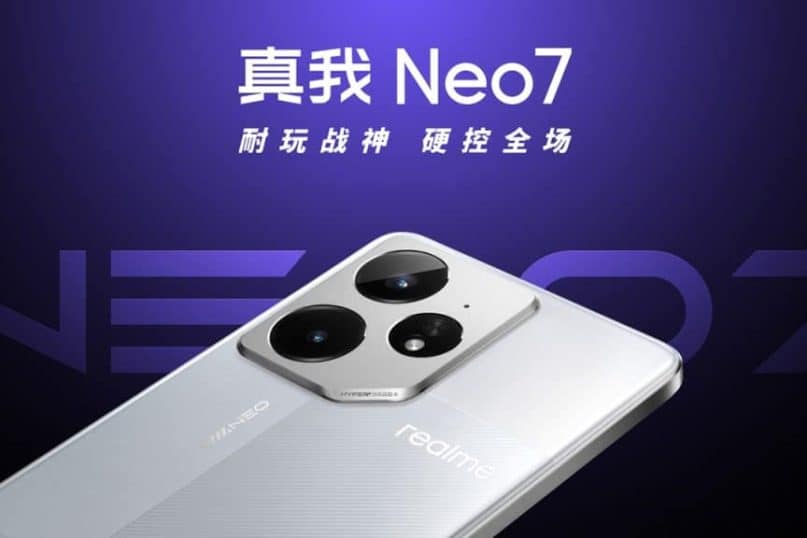
Unfortunately, it does not support expandable storage. Meanwhile, the Realme Neo 7 offers 8GB/12GB RAM and 128GB/256GB internal storage. However, it also lacks a microSD card slot. With higher RAM and storage options, Nokia takes the lead. For photography, the Nokia Energy boasts a quad-camera system with a 200MP primary sensor, 64MP periscope telephoto, 32MP ultrawide, and 16MP macro shooter. On the front, it includes a 44MP selfie camera. Conversely, the Realme Neo 7 features a 64MP main lens, a 2MP depth sensor, and a 2MP macro sensor. It also houses a 16MP front camera. With a superior camera setup, Nokia dominates this segment. Battery life plays a key role in daily usage. The Nokia Energy packs a massive 8550mAh battery with 120W fast charging. Meanwhile, the Realme Neo 7 carries a 5000mAh battery with 120W fast charging. Although Realme charges quickly, Nokia provides longer battery life.
Nokia Energy vs. Realme Neo 7 Release Date & Price
The Nokia Energy should launch in the upcoming months, while the Realme Neo 7 debuted in early 2023. As for pricing, the Nokia Energy price remains unknown. Meanwhile, the Realme Neo 7 starts at $329 (~Rs. 27,000). Which smartphone suits your needs? Share your thoughts below!
Nokia Energy vs. Realme P3 Pro: 108MP Cameras, 8100mAh Battery!
Two powerhouse smartphones, the Nokia Energy vs. Realme P3 Pro, go head-to-head. With impressive specs like 108MP cameras and an 8100mAh battery, which one has the edge? Read the detailed review below to find out!

Nokia Energy vs. Realme P3 Pro Specs
Among the two smartphones, the Nokia Energy has a large battery, while the Realme P3 Pro has a gorgeous camera. Imaging-wise, the Nokia Energy camera comprises a triple 108MP + 16MP + 8MP len and features a single 32MP wide-angle sensor upfront. At the same time, the Realme P3 Pro cameras offer a dual 50MP + 8MP rear sensor with LED flash and a 32MP selfie lens.
Therefore, the Nokia handset wins this round with higher camera resolutions. Under the hood, the Nokia machine houses an 8100mAh battery, while its rival figure is a smaller 5500mAh energy cell. With a bigger capacity, the Nokia Energy smartphone gets one point in the second round. Both handsets run on Android 15 as the operating system.
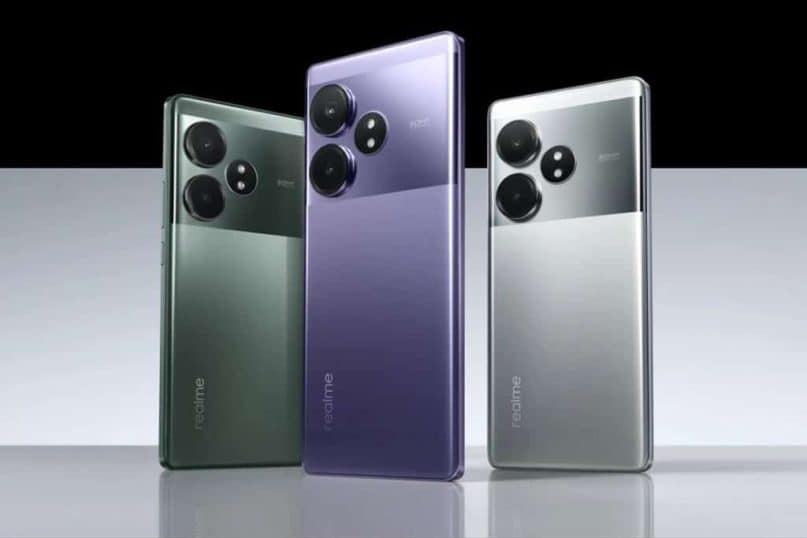
On the other hand, the Nokia flagship provides the Qualcomm Snapdragon 8 Gen 2 chipset, while the Motorola device drives the Qualcomm Snapdragon 8s Gen 3 SoC. Thus, the Motorola monster has an advantage in this round with better hardware. As for the display, Nokia Energy specs feature a 6.8-inch Super AMOLED screen with 1080 × 1920 pixels. Meanwhile, the Realme P3 Pro specs boot a 6.78-inch LTPO AMOLED with a 1264 x 2780 pixels resolution. As a result, the Nokia smartphone is ahead in this round with better screen size. Let’s speak of the memory department! In detail, the Nokia Energy handset sports various variants: 256GB/ 12GB RAM, 256GB/ 16GB RAM, 512GB/ 16GB RAM, and 1TB/ 16GB RAM. Besides, the Realme beast offers 256GB/ 12GB RAM and 512GB/ 16GB RAM (no card slot). Both handsets equal strength in this round. It seems that the winner of this fight belongs to the Nokia monster with better specs.
Nokia Energy vs. Realme P3 Pro release date and price
The Nokia Energy release date should fall in the last quarter of 2024. Furthermore, the Realme P3 Pro release date might happen soon. Regarding the cost, the Nokia Energy starts at $159 ~ Rs. 13,251. Also, the Realme P3 Pro starts at $750 ~ Rs. 62,595. What do you like most about the upcoming smartphones? Let us know in the comment section!
Nokia Energy vs. Nubia Red Magic 10 Pro Plus: 24GB RAM, 10100mAh Battery!
Catch up on the combat between Nokia Energy vs. Nubia Red Magic 10 Pro Plus with 24GB RAM and a 10100mAh battery. Let’s find out the winner below!
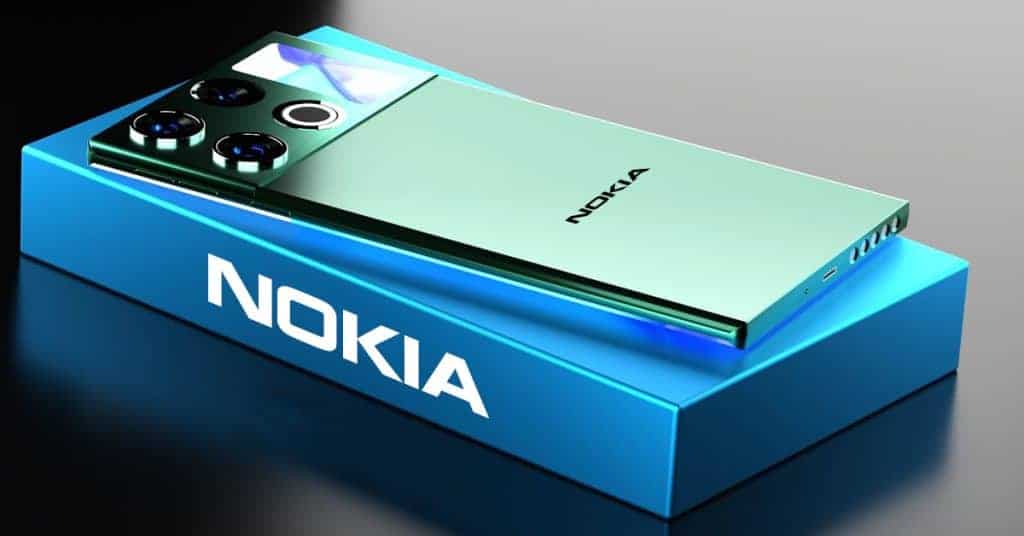
Nokia Energy vs. Nubia Red Magic 10 Pro Plus specs
Nokia Energy debuts with great storage and crazy battery capacity. Meanwhile, Nubia Red Magic 10 Pro Plus has launched a great camera system smartphone called Nubia Red Magic 10 Pro Plus. Regarding the display, the Nokia Energy specs offer a stunning 7.2-inch Super AMOLED display with a 1440 x 3120 pixels resolution. Besides, Nubia Red Magic 10 Pro Plus specs flaunt a 10.9-inch IPS LCD with an 1800 x 2880 pixels resolution. Furthermore, both handsets run on Android 15 as the operating system.
As for the memory department, the Nokia smartphone boasts 512GB/12GB RAM, 1TB/16GB RAM, and even a top-tier 2TB/18GB RAM. Additionally, the device continues to support MicroSD card expansion Moreover, the ZTE smartphone has 256GB/ 12GB RAM, 512GB/ 16GB RAM, and 1TB/ 24GB RAM (no card slot). Therefore, the Nokia monster wins this time due to larger RAM. Under the hood, the Nokia device ships with the Qualcomm Snapdragon 8 Gen 3 chipset.

Meanwhile, its rival gets the same Qualcomm Snapdragon 8 Gen 3 chipset. Imaging-wise, the Nokia Energy cameras offer 108MP primary sensor + 64MP ultrawide shooter + 32MP macro snapper + 8MP depth lens at the rear. Back to the front, this smartphone rocks a 50MP lens for selfies. In contrast, the Nubia Red Magic 10 Pro Plus cameras boast a single 50MP primary lens at the rear. Around the front, this ZTE device houses a single 20MP shooter for selfies and video calls. Hence, the ZTE team won this round with higher camera resolutions. How about the capacity? The Nokia smartphone keeps the lights on with an 8800mAh energy cell, while the other has a larger 10100mAh battery box. So, the Nokia team wins this match thanks to a more massive battery.
Nokia Energy vs. Nubia Red Magic 10 Pro Plus release date and price
The Nokia Energy release date should fall in the upcoming months, whereas the Nubia Red Magic 10 Pro Plus release date happened a few days ago. Concerning the cost, the Nokia Fire price falls at $289 ~ Rs. 23,969. Moreover, the Nubia Red Magic 10 Pro Plus price is around $555 ~ Rs. 46,611. Which one do you favor? Leave your comment in the section below.
Nokia Energy vs. Realme 12 Pro: 16GB RAM, 8500mAh Battery!
The competition heats up between the Nokia Energy vs. Realme 12 Pro, equipped with 16GB RAM and an 8500mAh battery. Discover which smartphone will emerge victorious.

Nokia Energy vs. Realme 12 Pro specs
The successor of the Nokia Winner, the Nokia Energy, will hit the market with amazing specs and gorgeous designs. Meanwhile, the Realme 12 Pro goes official with premium looks and fantastic features. Firstly, the Nokia Energy specs bring a large 6.85-inch Super AMOLED with 4K resolution alongside a tall 21:9 aspect ratio. Conversely, the Realme 12 Pro specs flaunt a 6.7-inch AMOLED with 1080 x 2412 pixel resolution. Hence, the Nokia phone wins the first round with a better display.
Under the hood, the Nokia flagship uses the Qualcomm Snapdragon 8 Gen 3 chipset. In the meantime, the Realme phone provides the MediaTek Dimensity 7050 SoC. Notably, both handsets operate on Android 15. As for the memory department, the new Nokia handset now arrives with up to 12GB/ 16GB of RAM and 256GB/ 512GB/ 1TB of onboard storage. Also, this phone storage can be expanded up to 1TB via a Micro SD card.

However, the upcoming Realme gadget has 128GB/ 8GB RAM, 256GB/ 8GB RAM, 256GB/ 12GB RAM, and 512GB/ 12GB RAM. Therefore, the Nokia mobile wins this round for greater storage capacity. Moreover, the Nokia smartphone has an 8500mAh battery box and 80W fast charging support, outperforming its rival with a smaller 5000mAh juice box and 33W fast-wired charging support. Are you looking for a picture-taking system? Optics-wise, the Nokia Energy cameras boost 200MP primary lens + 32MP ultrawide shooter + 16MP macro sensor + 5MP depth snapper at the rear. Additionally, it has a 50MP front-facing shooter. Besides, the Realme 12 Pro cameras feature dual lenses at the back. It comprises a 100MP primary sensor + 2MP depth shooter on the rear and a 16MP selfie shooter. As a result, the Nokia beast wins in this round for a better camera system. Finally, the Nokia Energy may arrive in 4 colors: Pink, Grey, Blue, and Gold, while the Realme 12 Pro may be available in 3 colors: Astral Black, Sunrise Beige, and Oasis Green.
Nokia Energy vs. Realme 12 Pro release date and price
The Nokia Energy release date should fall in the upcoming months. Meanwhile, the Realme 12 Pro release date happened in January 2024. Concerning the cost, the Nokia Energy price begins at $299 ~ Rs. 24,858. Also, the Realme 12 Pro price starts at $457 ~ Rs. 38,126. Which one do you choose? Let us know in the comment section!
Nokia Energy vs. Xiaomi Redmi A4: 16GB RAM, 108MP Cameras!
The combat between Nokia Energy vs. Xiaomi Redmi A4 with 16GB RAM and 108MP cameras is finally here. Enjoy the game and find out who the winner is below!
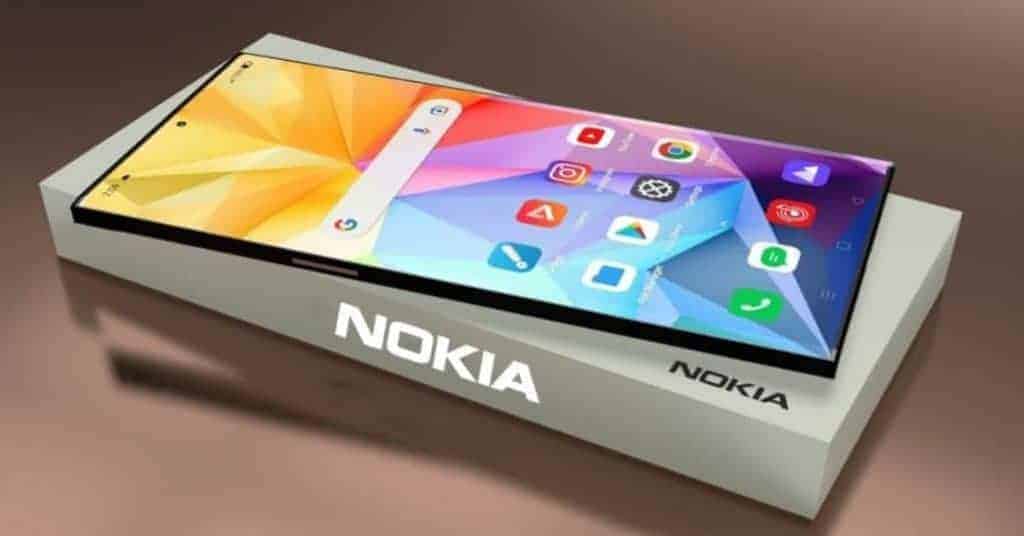
Nokia Energy vs. Xiaomi Redmi A4 specs
Nokia Energy comes out with an impressive battery and a gorgeous design. Meanwhile, the Xiaomi Redmi A4 hit the market with a great camera system and robust hardware. Let’s come to the storage! The Nokia flagship is available in 8GB/ 12GB/ 16GB RAM and 128GB/ 256GB/ 512GB of internal storage (no card slot).
Furthermore, the Xiaomi device offers 8GB RAM and 256GB of internal storage (expandable to 256GB). Therefore, the Nokia team gets the point due to the larger RAM. Check out the display now! Nokia Energy specs flaunt a 6.85-inch Super AMOLED with 1080 × 1920 pixels resolution. Besides, Xiaomi Redmi A4 specs exhibit a 6.78-inch AMOLED display with a 1080 x 2436 pixels resolution.
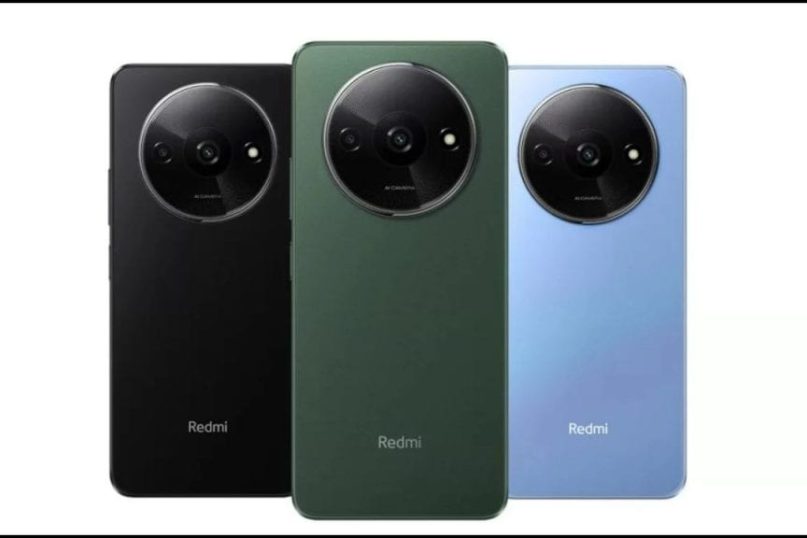
So, with the higher screen size, the Nokia handset scores this point. As for the hardware, the Nokia phone gets power from the Qualcomm Snapdragon 8 Gen 2 chipset. Moreover, the Xiaomi handset provides the Mediatek Helio G99 Ultimate chipset. Imaging-wise, the Nokia Energy cameras pack 108MP primary lens + 32MP ultrawide shooter + 8MP depth sensor on the back and single 32MP front-facing snapper. Otherwise, the Xiaomi Redmi A4 cameras consist of dual 108MP + 2MP + 2MP rear sensors. On the front is a single 32MP front-facing sensor for selfies. Moreover, the Nokia monster carries an 8200mAh energy box, while its rival figure houses a smaller 5000mAh battery cell. Hence, the Samsung smartphone wins the larger battery and high camera resolution. Furthermore, both devices run on Android 14 as the operating system.
Nokia Energy vs. Xiaomi Redmi A4 release date and price
We expect the Nokia Energy release date to be by the end of this year. Also, the Xiaomi Redmi A4 release date happened in March 2024. As for the cost, the Nokia Energy price starts at $275 ~ Rs. 17,746. Furthermore, the Xiaomi Redmi A4 price starts at $195 ~ Rs. 16,188. Let us know your opinions about the battle in the comment section below!
Nokia Energy vs. Xiaomi 14T Pro: 16GB RAM, 108MP Cameras!
Catch the new race between Nokia Energy vs. Xiaomi 14T Pro with 16GB RAM and 108MP cameras today! Scroll down to discover the winner now!
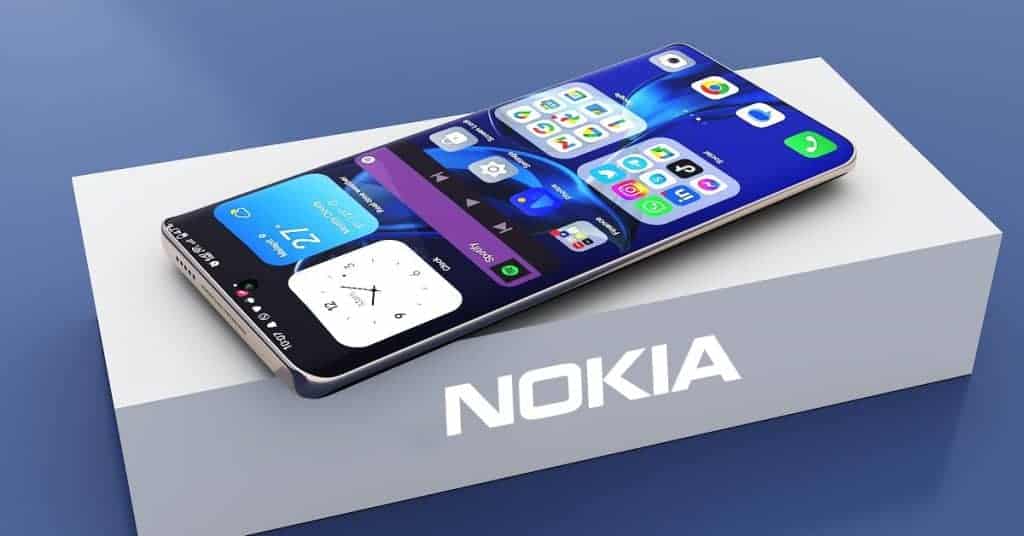
Nokia Energy vs. Xiaomi 14T Pro specs
HDM Global is about to launch Nokia Energy with a great design and premium hardware this year. In the meantime, the Xiaomi 14T Pro has fantastic features and a graceful appearance. To begin, let’s discuss the display! The Nokia Energy specs feature a large 6.8-inch Super AMOLED screen with 1080 × 1920 pixels and a 21:9 ratio aspect.
On the other side, the Xiaomi 14T Pro specs offer a 6.67-inch OLED with a 1220 x 2712 pixels resolution and a 120Hz refresh rate. Therefore, the Nokia handset takes the lead with a superior display. Under the hood, the Nokia handset provides the Qualcomm Snapdragon 8+ Gen 1 chipset, whereas the Xiaomi machine accepts power from the Mediatek Dimensity 9300+ chipset.
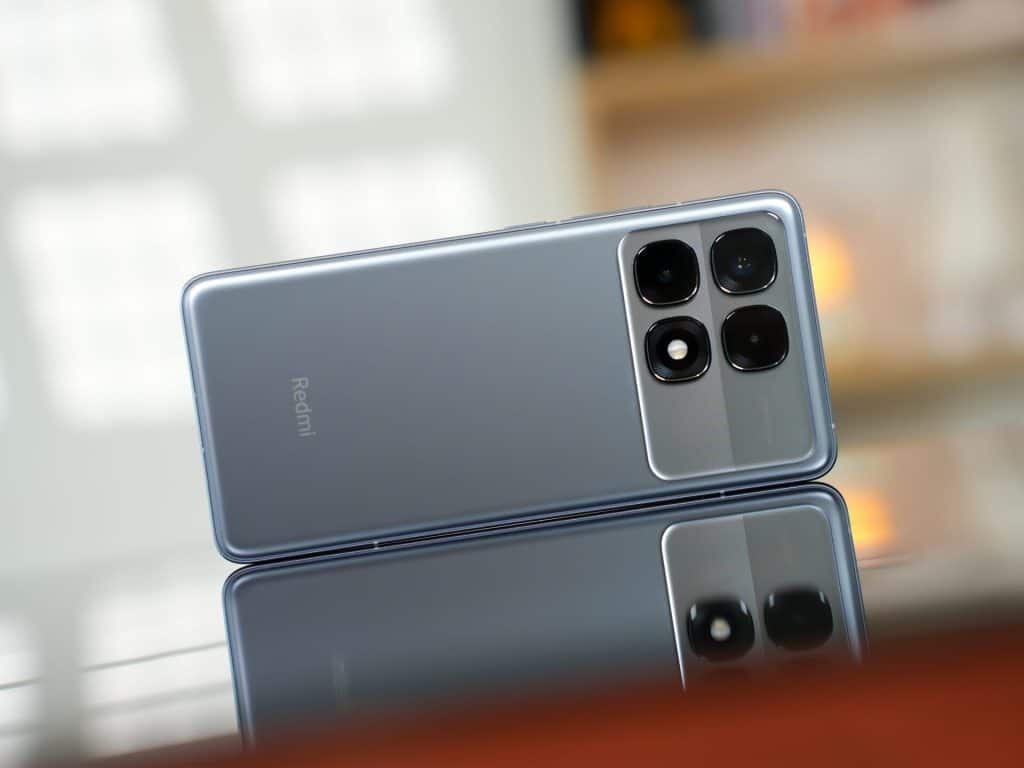
In addition, the Nokia smartphone runs on Android 14, and the Xiaomi device works on the Android 14-based Funtouch 14 operating system. Furthermore, the Nokia handset arrives with 256GB/ 12GB RAM, 256GB/ 16GB RAM, 512GB/ 16GB RAM, and 1TB/ 16GB RAM. Furthermore, it also has a MicroSD card slot, allowing storage expansion of up to 1TB. Meanwhile, the Xiaomi device has 256GB/ 12GB RAM, 512GB/ 12GB RAM, 512GB/ 16GB RAM, and 1TB/ 16GB RAM (no card slot). Hence, the Nokia phone wins in this round. Moreover, powering the Nokia gadget is an 8100mAh juice box. However, the Xiaomi machine packs a smaller 5000mAh battery with 44W fast charging technology. Besides, the Nokia Energy cameras rock a triple camera setup, consisting of 108MP + 16MP + 8MP on the rear. There is a single 32MP front camera for selfies. Otherwise, the Xiaomi 14T Pro cameras sport a triple setup comprising a triple 50MP primary lens + 50MP telephoto + 8MP ultrawide shooter setup at the back and a 32MP front-facing selfie snapper. Hence, the Nokia team is the victor with a better camera system.
Nokia Energy vs. Xiaomi 14T Pro release date and price
The Nokia Energy release date should fall in the upcoming months. Besides, the Xiaomi 14T Pro release date may happen soon. Concerning the cost, the Nokia Energy price starts from $159 ~ Rs. 13,251, while the Xiaomi 14T Pro price may start at $268 ~ Rs. 22,392. Which is your favorite phone? Let us know in the comment section!
